
Flower facts: Science primary resource
Discover unusual facts about well-known types of flower
This primary resource encourages children to consider our relationship with flowers. Discover unusual facts about well-known types of flower. Roses are related to which fruits? Which flower was once more valuable than gold? What flower is also classified as a vegetable?
Pupils will have the opportunity to think about flowers and what they mean to us in our National Geographic Kids’ plants primary resource sheet.
The teaching resource can be used in study group tasks, as a printed handout for each pupil, or for display on the interactive whiteboard.
Activity: Ask children to research some of their own facts about flowers and use them to make a poster. They could be assigned specific flower types for their research, such as ‘UK wild flowers’, ‘winter flowers’, or ‘flowers commonly considered to be weeds’. Pupils could also discuss how they have seen flowers grown (e.g. in gardens, greenhouses, wild flowers growing naturally in fields, etc.). Why do they think different flowers are grown in different environments?
N.B. The following information for mapping the resource documents to the school curriculum is specifically tailored to the English National Curriculum and Scottish Curriculum for Excellence. We are currently working to bring specifically tailored curriculum resource links for our other territories; including South Africa, Australia and New Zealand. If you have any queries about our upcoming curriculum resource links, please email: schools@ngkids.co.uk
This Science primary resource assists with teaching the following Lower Key Stage 2 Science (Year 3) objectives from the National Curriculum:
Pupils should be taught to:
- identify and describe the functions of different parts of flowering plants: roots, stem/trunk, leaves and flowers
- explore the requirements of plants for life and growth (air, light, water, nutrients from soil, and room to grow) and how they vary from plant to plant
- explore the part that flowers play in the life cycle of flowering plants, including pollination, seed formation and seed dispersal.
This Science primary resource assists with teaching the following Sciences Third level objectives from the Scottish Curriculum for Excellence:
- I can sample and identify living things from different habitats to compare their biodiversity and can suggest reasons for their distribution
- I have collaborated on investigations into the process of photosynthesis and I can demonstrate my understanding of why plants are vital to sustaining life on Earth
Download primary resource
Note: This is a subscriber-only benefit. If you have an active subscription, please log into your online account to download the files.
More Like
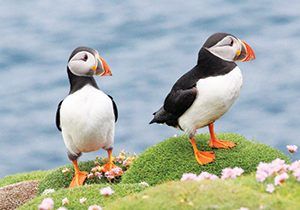
Puffin facts!
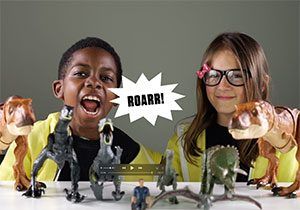
We meet a Jurassic World Thrash ‘N’ Throw T. rex!

Cuba facts!
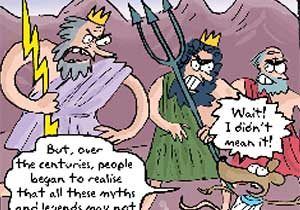

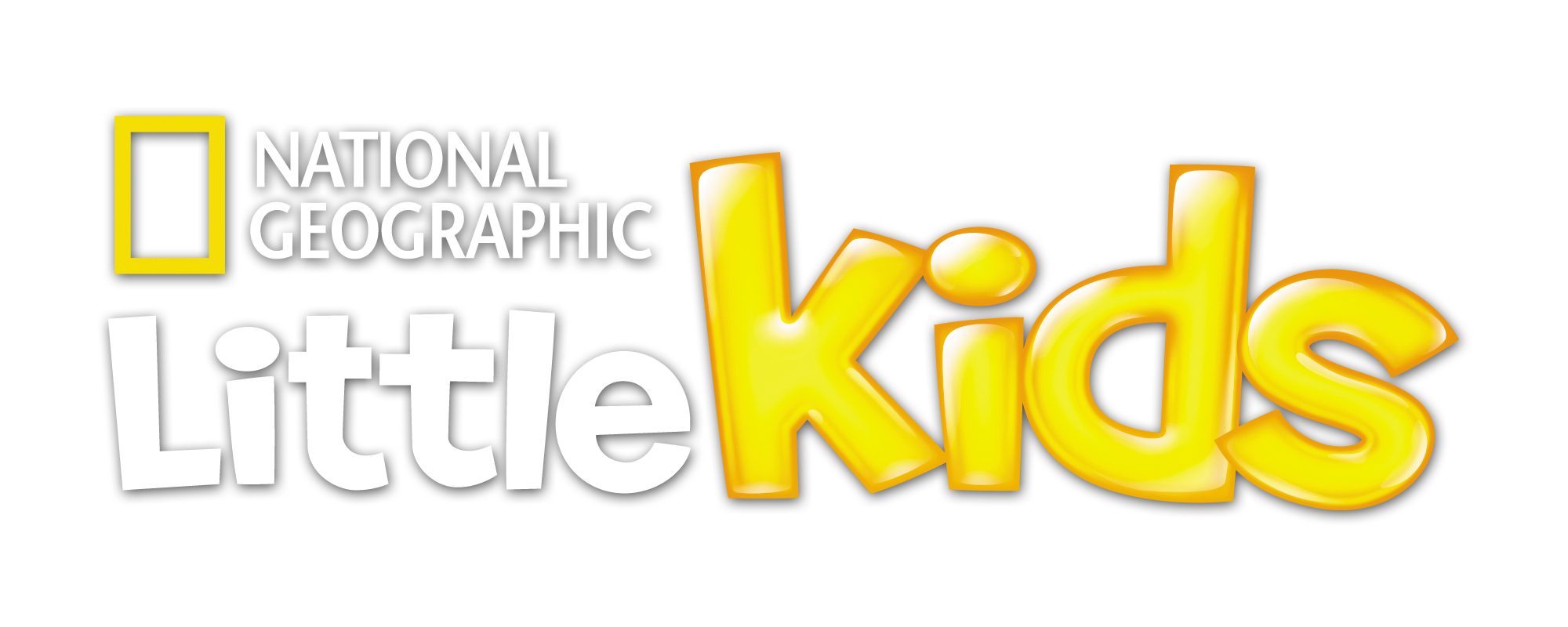


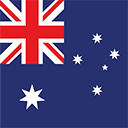
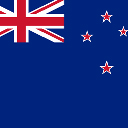
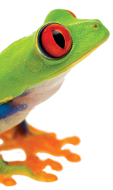
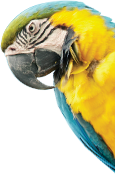

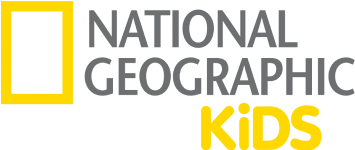
LEAVE A COMMENT
THANK YOU
Your comment will be checked and approved shortly.
WELL DONE,
YOUR COMMENT
HAS BEEN ADDED!
COMMENTS1
CUSTOMIZE YOUR AVATAR